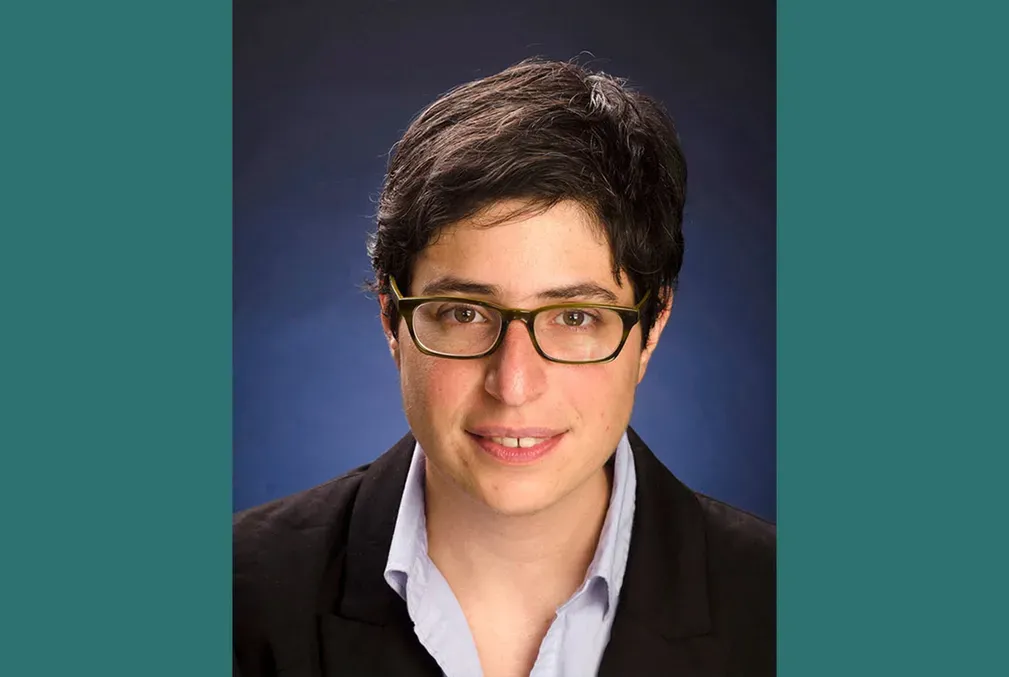New mass spectrometry method could advance multiple fields
A technique developed by a Stanford-led team rapidly determines the structure of peptides—the building blocks of proteins—in a mixture. This new method could pave the way for advances in drug discovery, personalized medicine, and other fields where protein identification is essential.
A Stanford-led team has developed a new technique that can rapidly identify and reveal the structure of the building blocks of proteins, called peptides, in a mixture. The technique—dubbed fragment correlation mass spectrometry—could one day be a boon for the blossoming field of proteomics. Dedicated to the large-scale study of proteins, proteomics has myriad applications including drug discovery and personalized medicine.
“The new technique lets you quickly identify the structure of peptides in a biological sample and is a significant advancement over existing techniques,” said Richard Zare, the Marguerite Blake Wilbur Professor in Natural Science, professor of chemistry in the Stanford School of Humanities and Sciences, and a senior author of a new study reporting the findings.
“Our approach has the potential to change the way we analyze and identify multiple peptides in a complex mixture at once,” said Yangjie Li, a postdoctoral scholar in chemistry at Stanford and the lead author of the study published July 29 in the Proceedings of the National Academy of Sciences.
Next generation mass spectrometry
Mass spectrometry or “mass spec” is a tool that is commonly used to identify and determine the structure of proteins in tissue, blood, and other biological samples. The first step in the standard method of mass spec is separating the sample to isolate unknown proteins for subsequent analysis. Next, the isolated proteins are broken into fragments in the mass spectrometer instrument, which records the mass, electric charge, and abundances of the fragments, and displays them on a chart called a “tandem mass spectrum.” This information allows researchers to work backward, rather like piecing together a scattered jigsaw puzzle, to infer an unknown protein’s original structure.
The initial separation step in this kind of mass spectrometry can be time consuming, costly, and nearly impossible if molecules share similar physical properties. These challenges prompted Li, Zare, and colleagues to explore new methodologies.
Taran Driver, a staff scientist at SLAC National Accelerator Laboratory and co-senior author on the study, offered a new approach building on his doctoral work at Imperial College London, dubbed fragment correlation mass spectrometry, that does not require pre-separation of samples. Driver and co-author Guy Cavet of Flatiron Bio provided a mathematical procedure premised on fragmenting a sample as usual and then tracking pairs of fragments that must have come from the same fragmentation pathway from the same original structure.
This procedure makes use of the statistical variability, called “noise,” that is often disregarded in mass spectrometry measurements. Instead of ignoring this noise, the new method depends on observing fluctuations in noise that occur across many mass spectrometry scans to determine which fragments originate from the same structure.
The new approach takes advantage of correlations in the intensities of pairs of protein fragments, Zare explained. “When the number of one protein fragment goes up or down, the complementary protein fragment always goes up or down in synchrony.”
“By looking at all the correlations in the sample, we can get the structure and identity of many proteins at once,” Li said.
In a proof-of-principle test of this technique, the researchers analyzed a mixture of seven peptides. Several of these peptides had similar structures, making identification with traditional tandem mass spectrometry difficult.
Overall, the fragment correlation mass spectrometry technique performed far better than traditional mass spectrometry techniques at piecing together the peptides’ structures, delivering accurate results in rapid fashion.
The researchers have applied for a patent for their work. They are honing and scaling this method and plan to test it on mixtures of proteins in the near future.
“Our technique offers a lot of promise,” Zare said. “We’re excited to see it develop further.”
Acknowledgements
Zare is also a member of Stanford Bio-X, the Cardiovascular Institute, the Stanford Cancer Institute, Sarafan ChEM-H, the Stanford Woods Institute for the Environment, and the Wu Tsai Neurosciences Institute.
The research was funded in part by the U.S. Air Force Office of Scientific Research through the Multidisciplinary University Research Initiative.
To read all stories about Stanford science, subscribe to the biweekly Stanford Science Digest.





